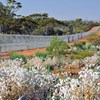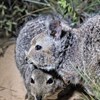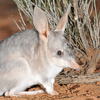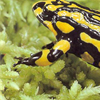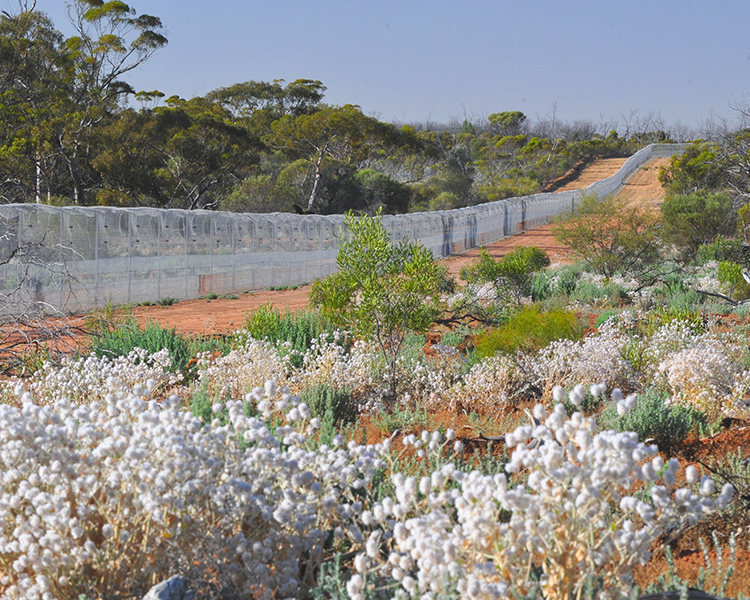
Western sanctuary, learning from translocations
Monday, 02 October 2017Dr Mike Smith joined the Australian Wildlife Conservancy (AWC) as a Regional Ecologist just as the organisation was kicking off a major conservation program to re-establish 10 regionally extinct mammal species in the south west of WA, an exciting time to come on board. The area they were being released into is an exclosure site set up by the AWC at Mt Gibson. Here he shares a few of the trials and tribulations of working with threatened species – and the exhilaration of seeing some of Australia’s most imperilled animals bounce back. 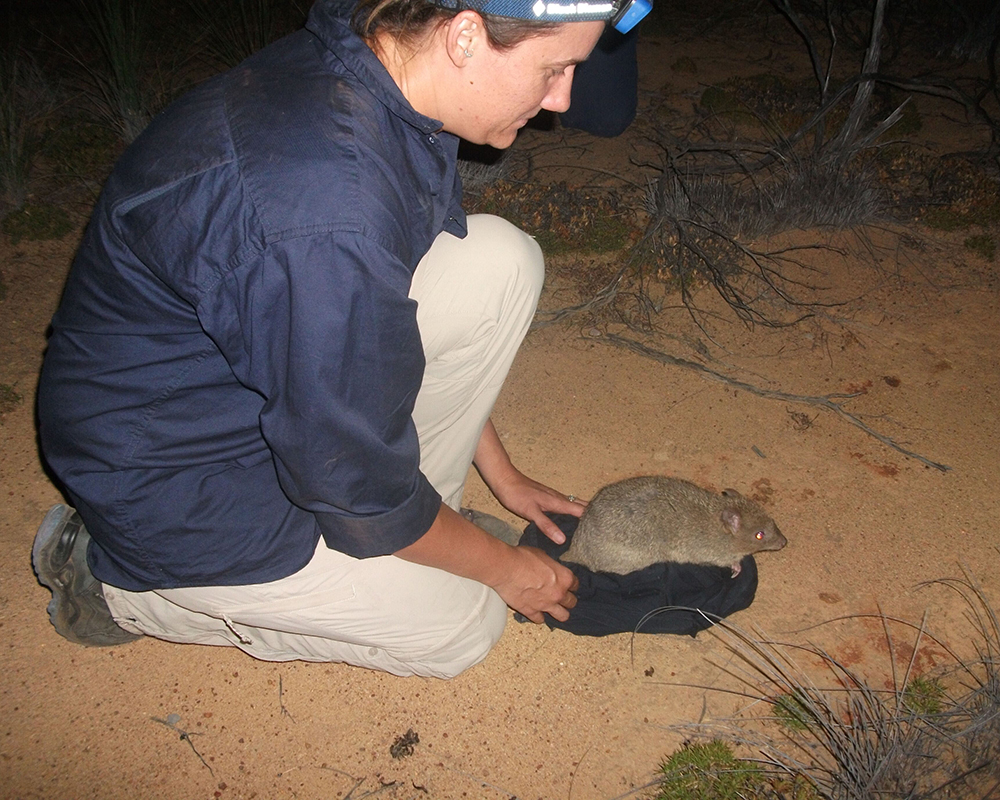
Image: An ecologist releases a woylie at Mt Gibson. Photo: John Ireland, AWC
Mt Gibson lies around 350 km north of Perth. Covering over 131,000 hectares it straddles a botanically rich transition zone between the wetter southwestern province and the more arid inland (Eremean) province. The property supports magnificent eucalypt woodlands of salmon, gimlet and york gum as well as a host of other rare and declining vegetation communities and up to 50 threatened plant species.
The big news at Mt Gibson is that AWC has built a specially designed 43 km conservation fence enclosing around 7,800 hectares of the best habitat on the property. Construction of the fence took 9 months. It’s a couple of metres high with a skirt, an overhang and electric wires. All of the feral cats and foxes that were present have been removed from within this fenced area. Which is why we call it an exclosure rather than an enclosure, as its primary function is to keep out cats, foxes and other unwanted non-native animals (such as pigs, rabbits, goats, horses, camels and, in some cases, even house mice). The exclosure at Mt Gibson is the largest fox and cat-free area on mainland Western Australia.
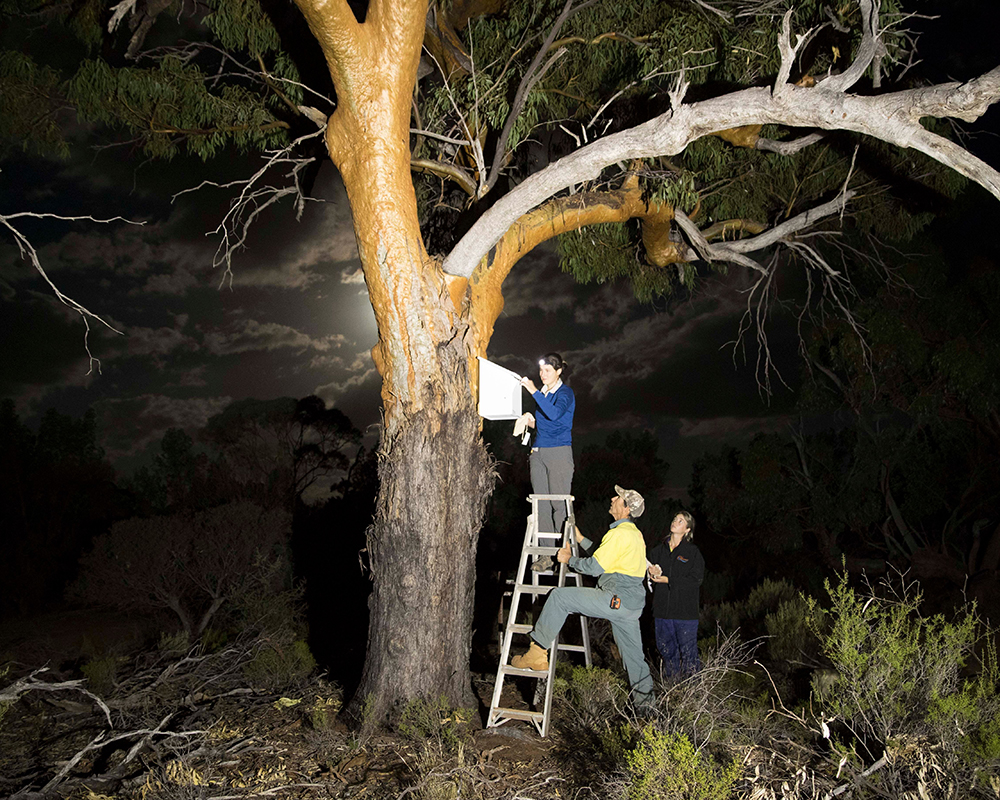
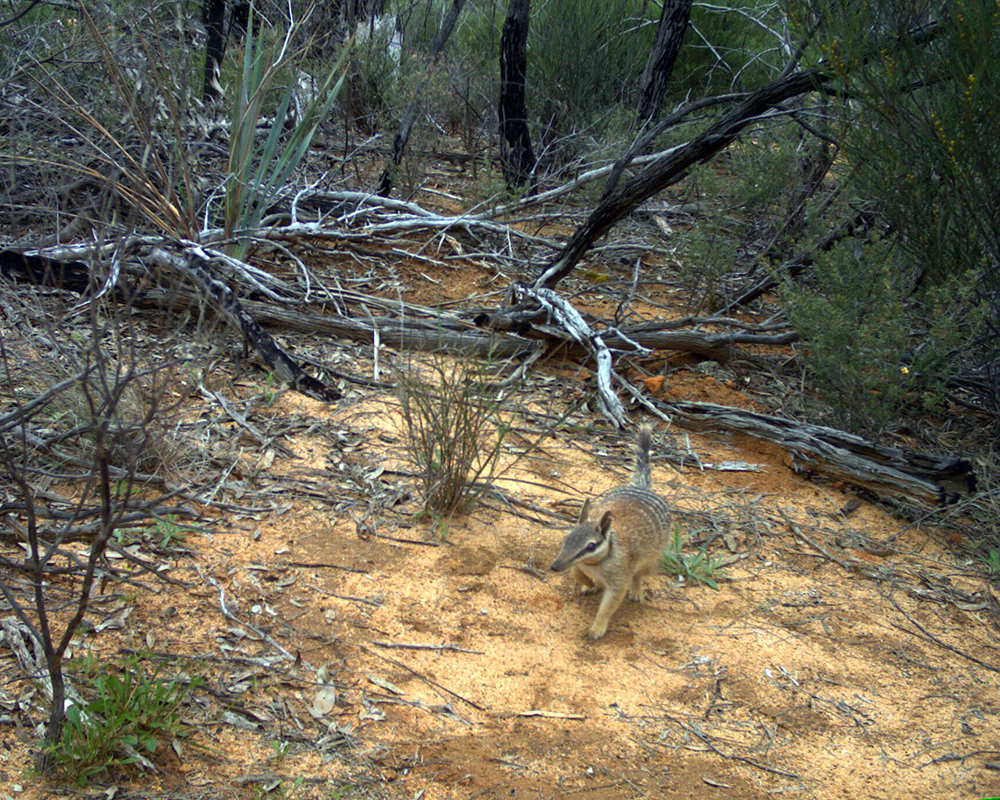
Image: A numbat caught on one of the AWC’s camera traps. In some cases ecologists are witnessing new behaviours as long vanished species become reaquainted with these relatively intact landscapes. Photo: AWC
- Conservation translocations are increasingly being used to secure the future of many of Australia’s threatened plant species
- We are currently bringing together data on what’s been achieved so far, and what we can learn from these efforts
- Tracking the outcomes of reintroductions: using radio/GPS collars, camera traps, live traps, nest-boxes and other types of monitoring, to determine survival, home range, habitat use and other attributes of reintroduced animals. These outcomes are compared with animals from different source populations (for example wild vs captive-bred) to identify optimal reintroduction methods for each species.
- Genetic analysis and modelling: to determine the optimum source of founders and long-term genetic management of reintroduced populations.
- Surveys of fauna, vegetation and ecological processes: to determine the response of the host environment to reintroductions.
- Testing different survey methods: including live trapping, transect surveys, camera trapping and genetic mark-recapture from scats, in order to develop robust, cost-effective monitoring protocols.
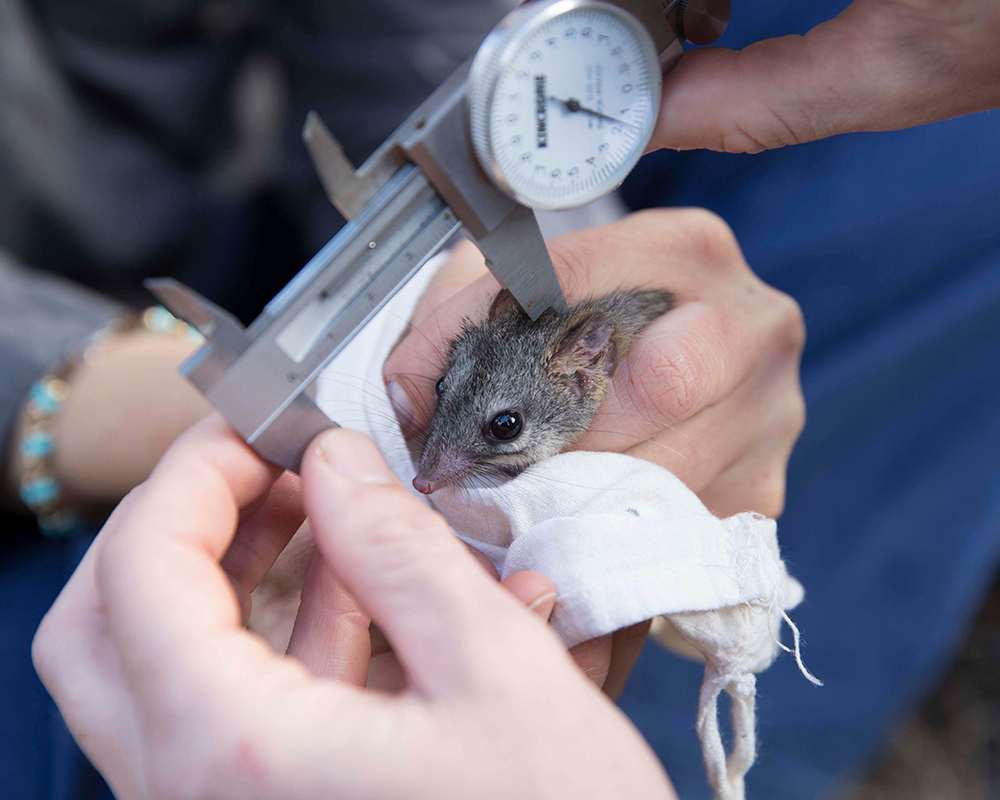
Top Image:
Top Image: The purpose-built exclosure fence at AWC’s Mt Gibson sanctuary. Threatened species released on this side of the fence don’t have to contend with exotic predators like cats and foxes. Photo: W Lawler, AWC
-
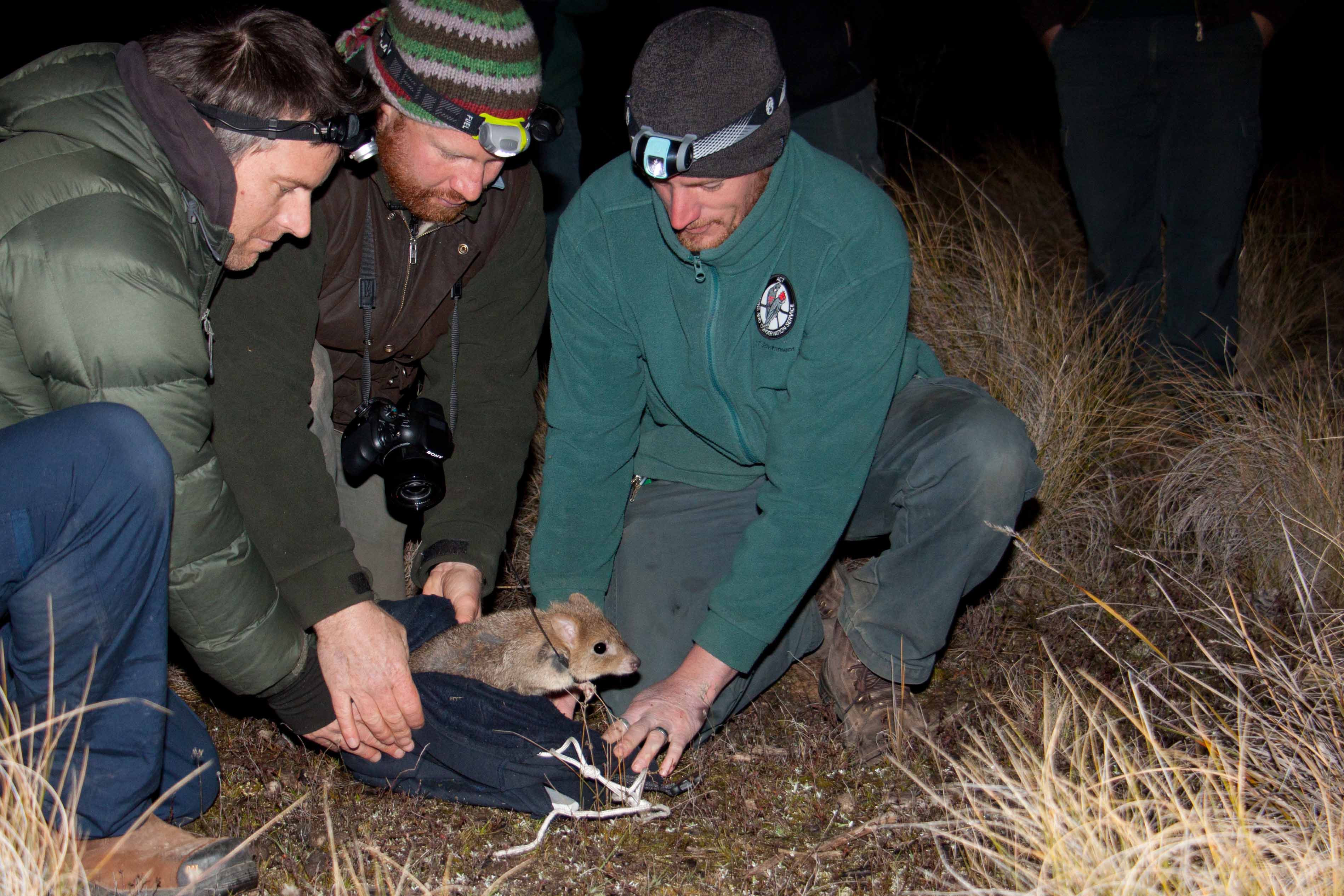
A bettong in the bush is worth…
Monday, 13 March 2017 -
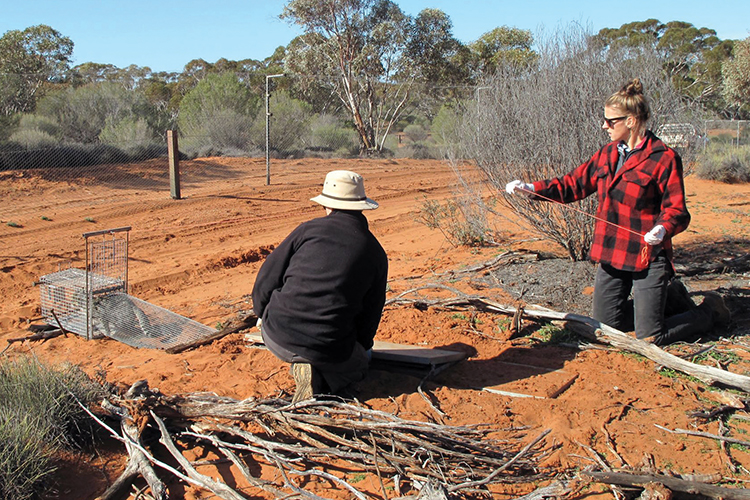
Effective conservation of Australian mammals threatened by cats
Monday, 16 March 2020 -
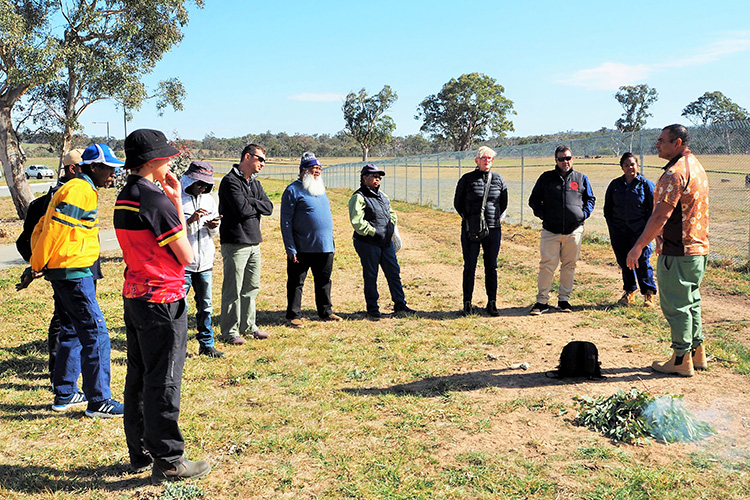
Exploring a haven for Yawuru Country
Tuesday, 26 November 2019 -
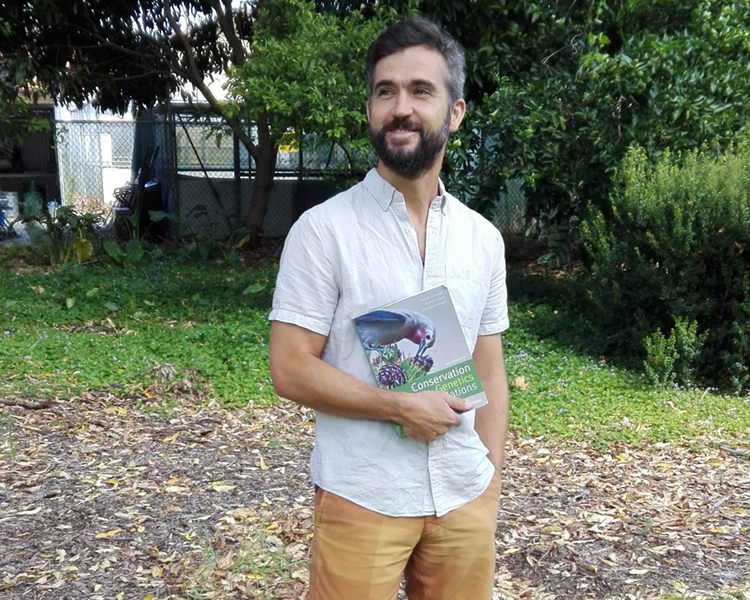
From genes to saving species
Tuesday, 29 May 2018 -
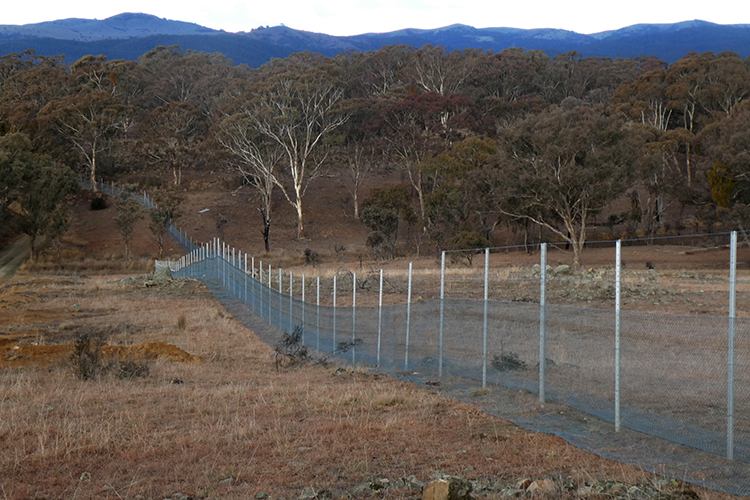
Getting strategic with havens
Thursday, 08 November 2018 -
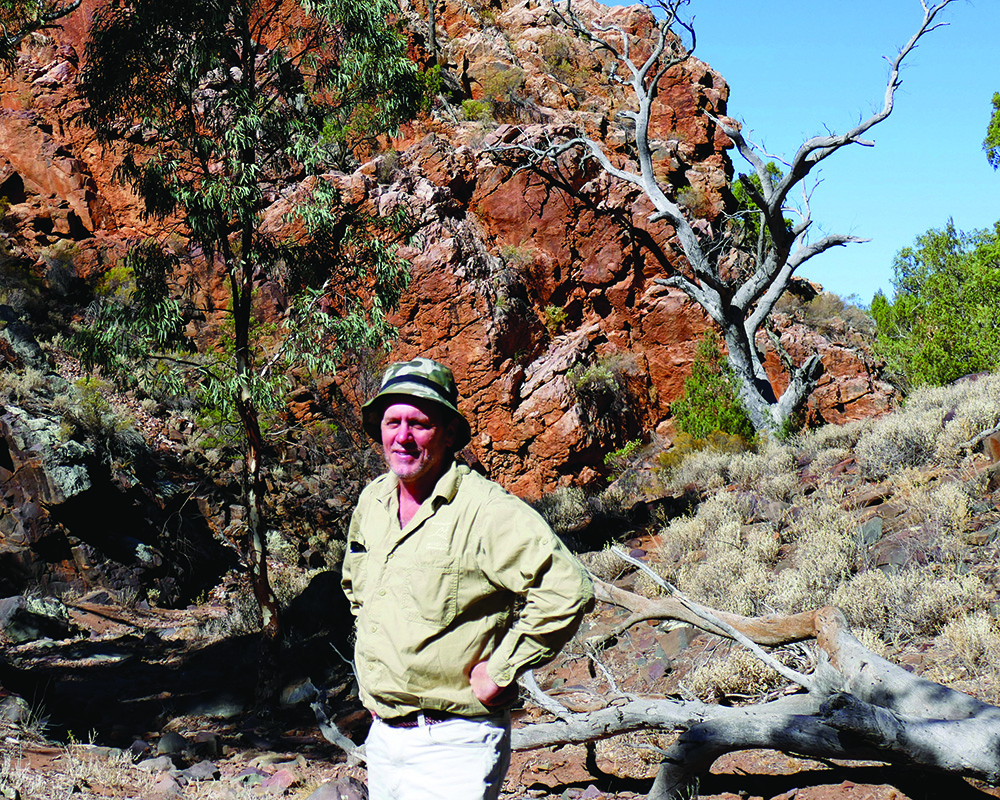
Researcher Profile: John Kanowski, A life in ecology
Monday, 24 September 2018 -

Mammals on ‘arks’
Saturday, 21 October 2017 -
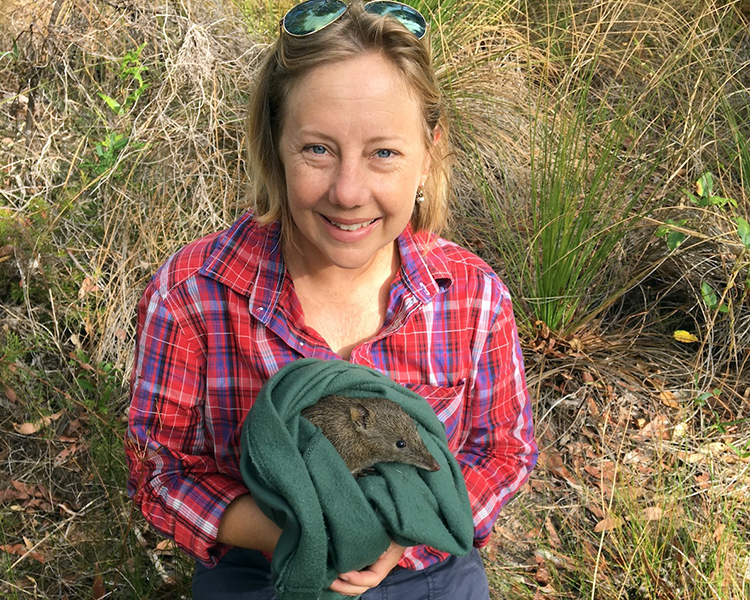
Sustaining life
Monday, 02 October 2017 -
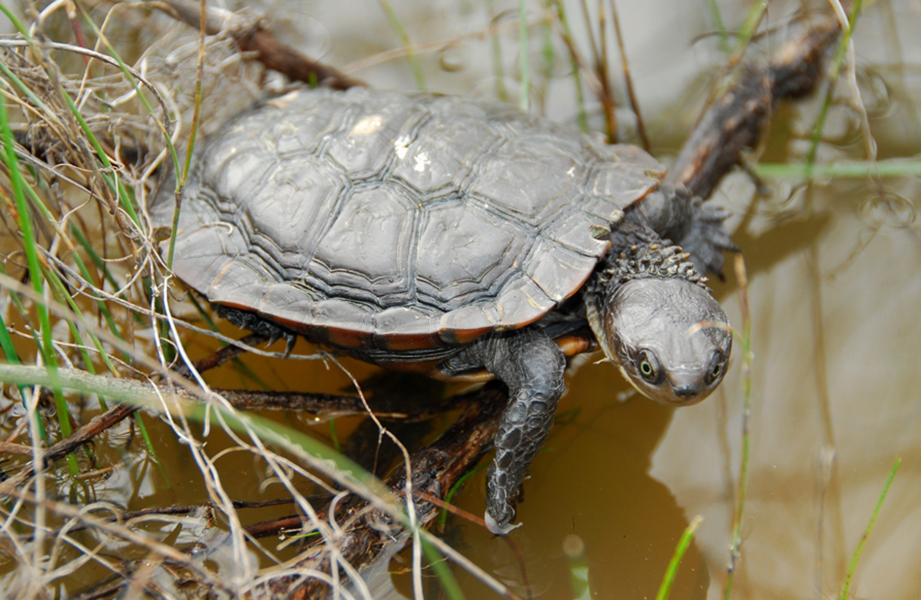
The turtle, the fox & the bandicoot - One problem solved another created
Tuesday, 13 February 2018 -
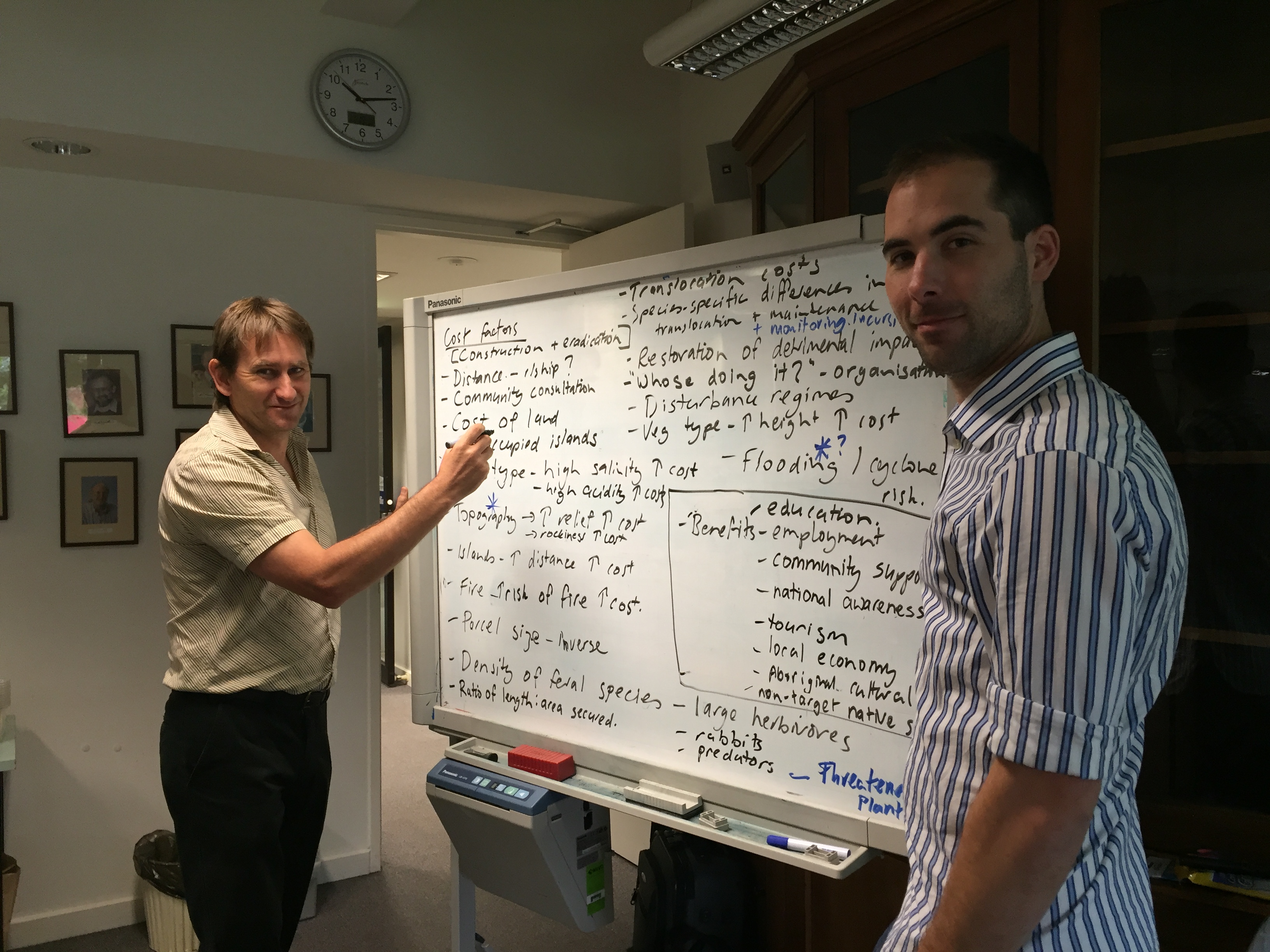
Framework for national safe haven network
Monday, 28 March 2016 -

Species on the move conference
Monday, 28 March 2016 -

Using genetics to save species
Thursday, 09 June 2016 -
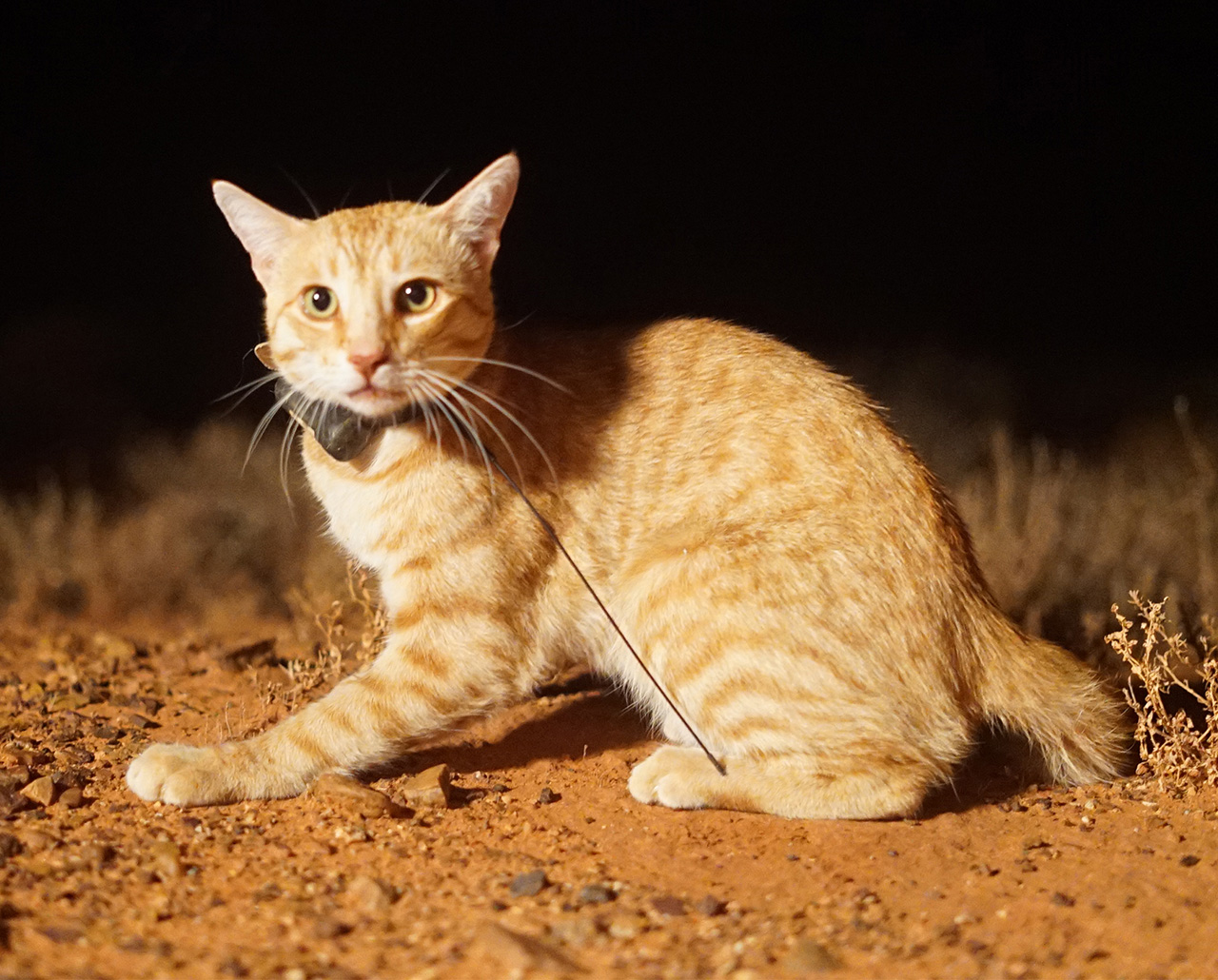
Cat science finalist for Eureka Prize
Monday, 28 September 2020
